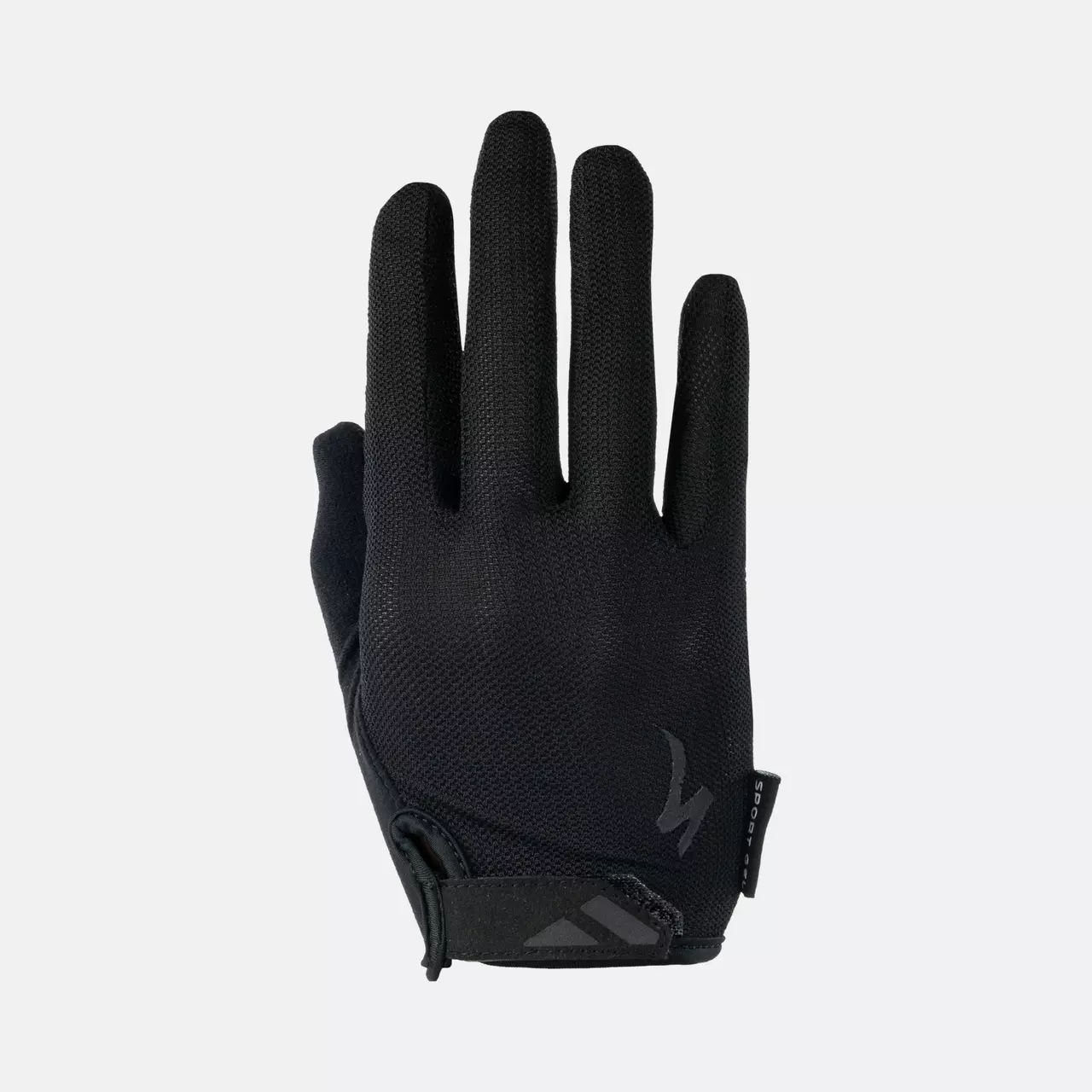Free shipping on orders over $250
Free shipping on orders over $250
Get Free Shipping when you spend $250 or more on non-bike items like apparel, helmets, shoes, and accessories.
Shop now, pay with Klarna
When you choose Klarna at checkout, you’ll get the option to shop now and pay later for your purchase. Choose between monthly financing, 4 interest free payments, or Pay in 30 days.
Learn more about Klarna
Cycling Clothing (132)
Sort By
Gender
Group
Category
Type
Size
Price
Colour
Experience
Product Family
Technology
Collection
Fit
Material
96 / 132




















































































































































